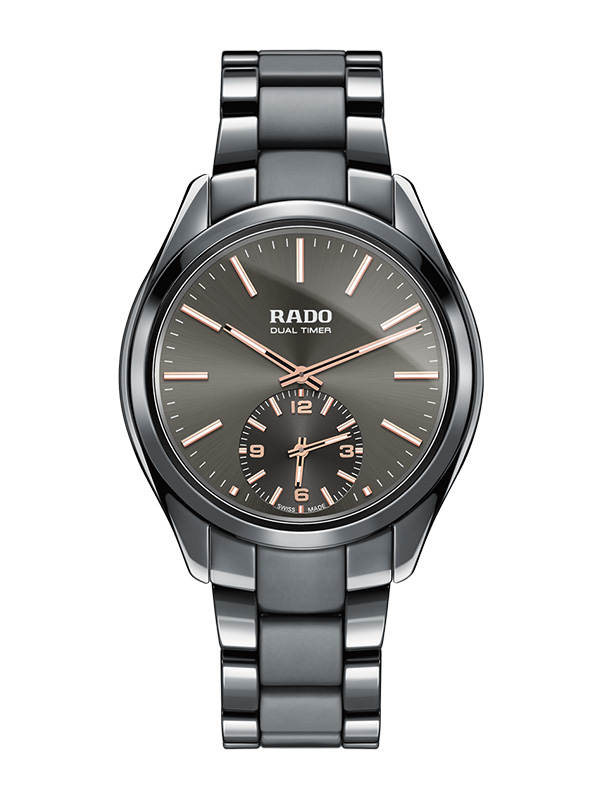

This is a mistake: timers are not designed for that level of accuracy, and you have no way of knowing how much time has elapsed since the last frame was drawn. Some people, particularly those making games, try to use timers to have some work done before every frame is drawn – i.e., 60 or 120 frames per second, depending on your device. common) Synchronizing your timer with screen updates common is the one we want: it allows our timers to fire even when the UI is being used.įor example: let context = ["user": timer = Timer(timeInterval: 1.0, target: self, selector: #selector(fireTimer), userInfo: context, repeats: true) The easiest solution is to create the timer without scheduling it directly, then add it by hand to a runloop of your choosing. This will then get paused while the user is actively interacting with our UI, then reactivated when they stop. This happens because we’re implicitly creating our timer on the defaultRunLoopMode, which is effectively the main thread of our application. For example, if the user has their finger touching the screen so they can scroll through a table view, your regular timers won’t get fired. One common problem folks hit when using timers is that they won’t fire when the user is interacting with your app. After 4.5 seconds the timer fires again.This is only 0.7 seconds after our previous fire event, but each fire date is calculated from the original regardless of tolerance. After 3.1 seconds the timer fires again.It’s 0.4 seconds late, but that’s still within our tolerance. After 2.4 seconds the timer fires again.iOS won’t allow your timer to drift, which means the next trigger might happen more quickly.Īs an example, consider a timer that was asked to execute every 1 second with a 0.5 second tolerance. If your repeating timer is executed a little late thanks to the tolerance you specified, that doesn’t mean it will continue executing late. The default tolerance is 0, but remember that the system automatically adds a little tolerance. This example creates a timer to run every 1 second, with 0.2 seconds of tolerance: let timer = Timer.scheduledTimer(timeInterval: 1.0, target: self, selector: #selector(fireTimer), userInfo: nil, repeats: true) However, the timer will never be executed before you ask it – tolerance adds time after your requested execution date. For example, if you ask for the timer to be run after 1 second with a tolerance of 0.5 seconds, it might be executed after 1 second, 1.5 seconds, 1.3 seconds, and so on.
#Two touch timer plus#
When you specify tolerance, you’re saying that the system can trigger your timer at any point between your original request and that time plus your tolerance. It allows you specify some leeway for the system when it comes to executing your timer: “I’d like for this to be run once a second, but if it’s 200 milliseconds late I won’t be upset.” This allows the system to perform timer coalescing, which is a fancy term that means it can combine multiple timers events together to save battery life. Let user = contextĪdding some tolerance to your timer is an easy way to reduce its energy impact. You’ll need an fireTimer() method for it to call, so here’s a simple one just for testing: func fireTimer() You can create and start a repeating timer to call a method like this: let timer = Timer.scheduledTimer(timeInterval: 1.0, target: self, selector: #selector(fireTimer), userInfo: nil, repeats: true) Sponsor Hacking with Swift and reach the world's largest Swift community! Creating a repeating timer
#Two touch timer free#
Oh, and it's free if your app makes less than $10k/mo. RevenueCat makes it straightforward and reliable so you can get back to building your app.
#Two touch timer full#
SPONSORED In-app subscriptions are a pain to implement, hard to test, and full of edge cases.


 0 kommentar(er)
0 kommentar(er)
